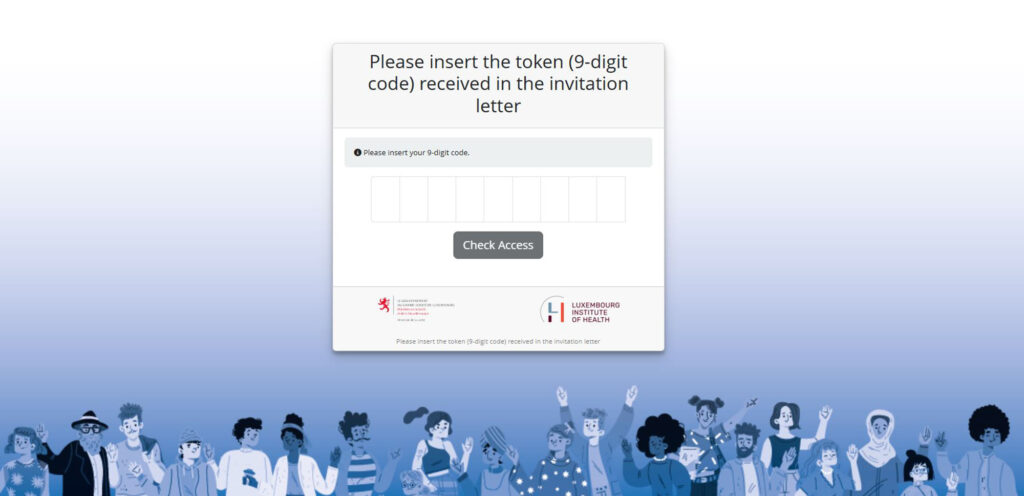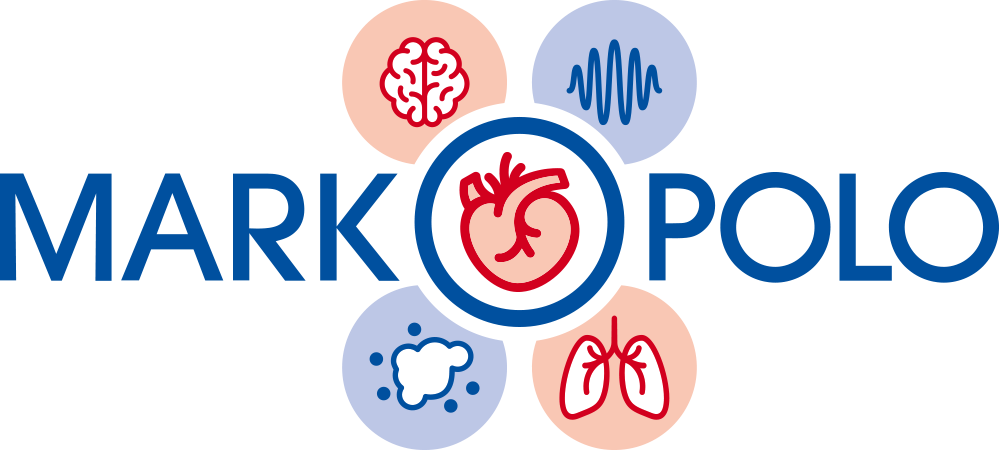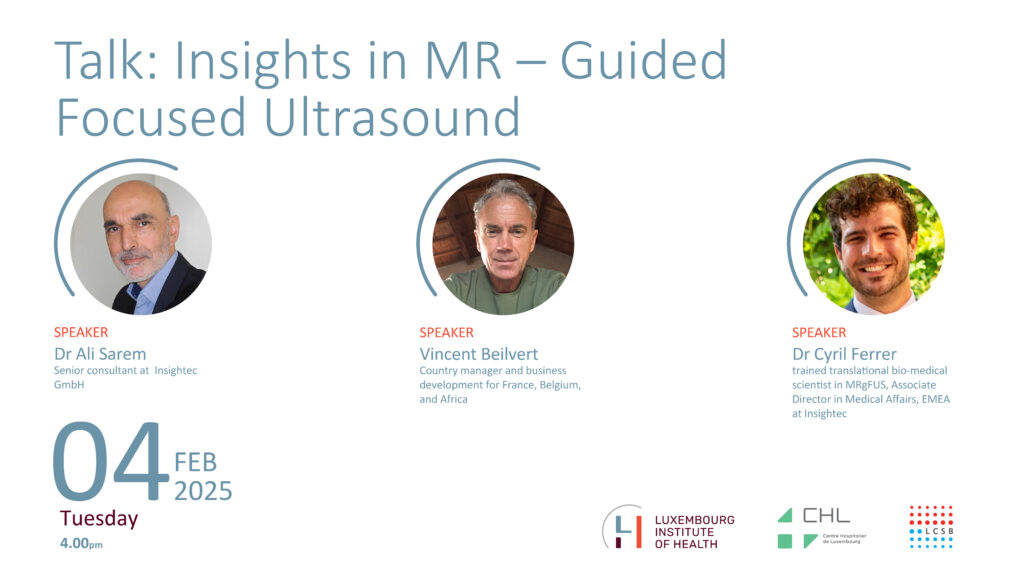- Domaines || de recherche
- Recherche Translationnelle
- Médecine translationnelle transversale (MTT)
- Centre opérationnel de médecine translationnelle (TMOH)
- Service Gestion de projets cliniques (CPMO)
- Centre d'investigation clinique & épidémiologique
- Centre de recherche clinique & translationnelle du Luxembourg (LCTR)
- Biobanque intégrée du Luxembourg (IBBL)
- Plateforme de modélisation & de dépistage des maladies (DMSP)
- Centre du génome Luxgen
- Plateforme de recherche en pathologie (RPP)
- Projets de Recherche
et essais cliniquesSoutenez-nous - Recherche Translationnelle
Research dedicated to life
Au Luxembourg Institute of Health (LIH), nous pensons qu’utiliser les connaissances et les technologies issues d’une recherche de qualité pour avoir un impact direct et significatif sur la santé publique, est une obligation collective envers la société.
nous plaçons le patient au coeur de tout ce que nous faisons.
Nous menons des recherches translationnelles centrées sur le patient, en particulier sur le cancer et les troubles immunitaires. Nous nous intéressons particulièrement au système immunitaire en tant que mécanisme fonctionnel partagé entre la santé et la maladie.
Nos équipes spécialisées de chercheurs pluridisciplinaires s’appuient sur la collaboration et les technologies de pointe pour faire progresser la compréhension des causes des maladies. En faisant appel à des technologies telles que l’intelligence artificielle sur des données réelles dérivées de patients, nous créons des connaissances pertinentes sur les maladies, qui peuvent être traduites de manière tangible en applications cliniques grâce à une approche dite « du chevet du patient au laboratoire et inversement ».
En tant qu’organisme public de recherche biomédicale axé sur la santé de précision, le LIH a pour objectif de devenir une référence de premier plan en Europe afin de transformer l’excellence scientifique en avantages significatifs pour les patients.


Comment nous aidons
Notre recherche, centrée sur le patient, place la santé publique au cœur de ses préoccupations.
Découvrez les maladies prioritaires :

Comment nous stimulons l’innovation
Le LIH a pour ambition de devenir une référence en Europe pour la transposition de l’excellence et de l’innovation scientifiques en avantages significatifs pour les patients.
Découvrez les recherches prioritaires :

Vous pouvez contribuer aussi
En tant que patient, chercheur, entreprise privée ou donateur, vous pouvez vous aussi vous impliquer dans notre travail et contribuer à notre mission de différentes manières.












